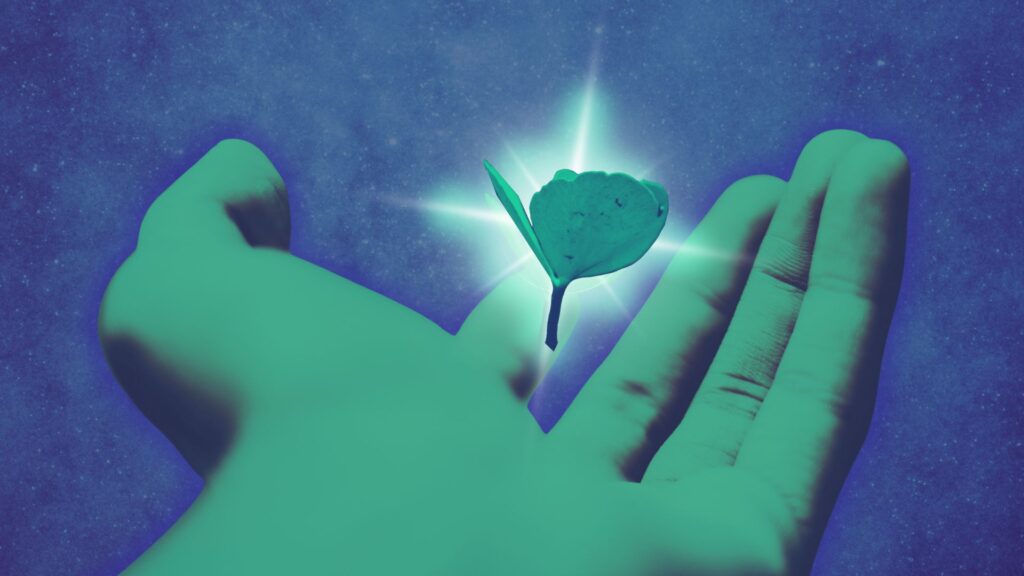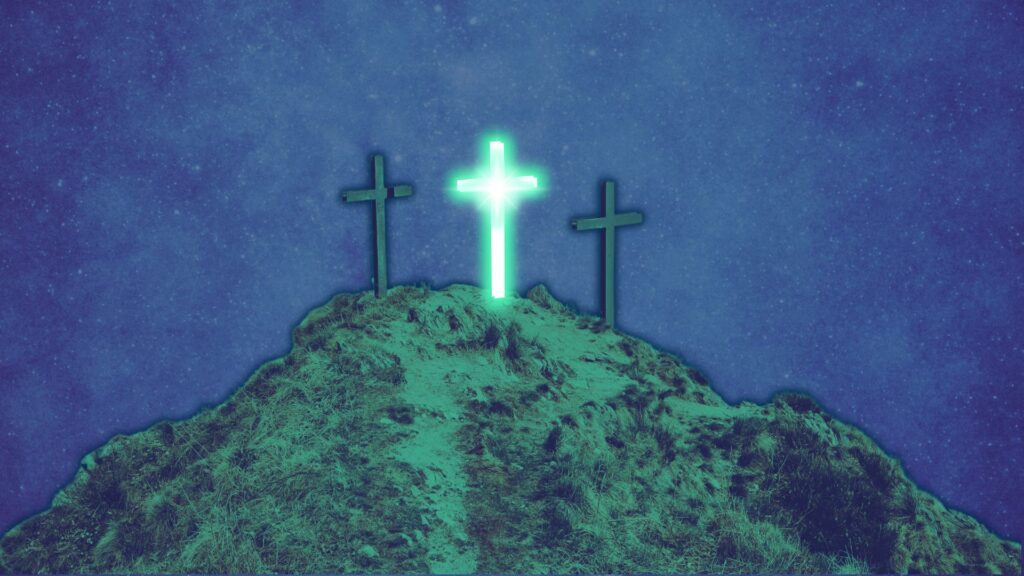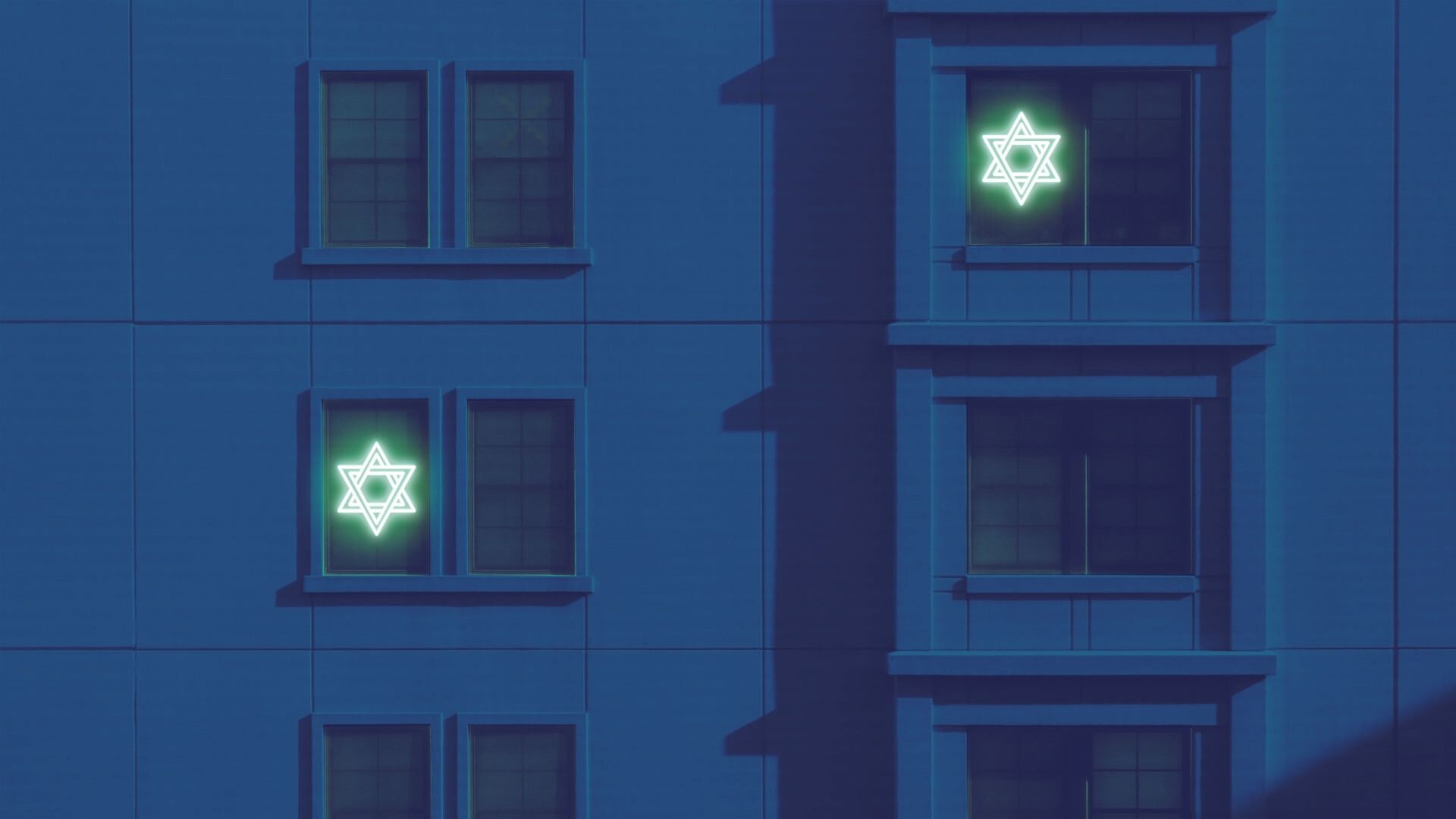Editor's Note
The biblical festivals are not only central to Jewish life and identity—they also act as windows into God’s redemptive plan for the nations. At a time when Jewish–Christian relations are often marked by tension and misunderstanding, the global church is called to build bridges of understanding, love, and witness.
This new series explores the holidays of world religions to help us understand and engage meaningfully and missionally with our neighbours of other beliefs in practical ways. In this series, we uncover what we can learn from these festivals that can enrich our biblical understanding, discipleship and mission. Each article invites the church to deepen faith, reach out to religious communities with humility and love, and participate in God’s reconciling mission to the world.

The Day of Atonement and the Hope of the Gospel
I still remember the streets of Israel falling into an almost eerie silence on Yom Kippur. The streetlights still flashed, but cars were nonexistent. The usual bustle of life paused, and a sense of solemn expectation seemed to hang in the air. Inside the synagogues, prayers were recited in hushed tones. Even as a child, I felt the gravity of a day when the lives of every person were being weighed before God.
‘Yom Kippur is a living reminder of the seriousness of sin, the necessity of atonement, and the hope that comes through the Messiah.’
Stomachs rumbled from fasting, yet the focus was not on hunger, but on the urgent call to reflect, repent, and seek reconciliation with the Lord.
Now, as a Jewish believer in Jesus, I understand Yom Kippur as more than a cultural tradition. It is a living reminder of the seriousness of sin, the necessity of atonement, and the hope that comes through the Messiah. For Gentile believers, it offers profound insight into God’s justice and mercy and the universal reality that all will one day stand before Him.

A Biblical Foundation
Yom Kippur, the Day of Atonement, was first established in the book of Leviticus: ‘It shall be a statute to you forever that in the seventh month, on the tenth day of the month, you shall afflict yourselves and shall do no work, either the native or the stranger who sojourns among you. For on this day shall atonement be made for you to cleanse you. You shall be clean before the Lord from all your sins’ (Leviticus 16:29–30).
God commanded the people of Israel to reflect on their sin and seek purification through rituals administered by the high priest. He would first purify himself, then offer sacrifices: one for his family, another for the people. Yom Kippur was the one day a year when the high priest would cross the curtain and enter the Holy of Holies, where the presence of God dwelt, sprinkling the blood of the sacrifice onto the mercy seat. Tradition tells us that a rope was tied to his ankles that had bells on it. If the sacrifice was not acceptable to God, the priest would not be able to stand in his holy presence, the bells would cease to ring, and the other priests would have to pull the rope.
On Yom Kippur, two goats were presented. One was sacrificed, its blood brought into the Holy of Holies to make atonement before God. The other, the scapegoat, was sent into the wilderness, symbolizing the complete removal of Israel’s sins. Together, these goats portrayed both the price of sin being paid through blood and the mercy of God in taking sin away from His people.
On Yom Kippur, the people’s role was one of humility and restraint. Fasting, abstaining from labour, and refraining from daily comforts were central. This emphasized that atonement was not earned through human effort, but granted by God’s provision. For believers in Yeshua (Jesus), this foreshadows the gospel: salvation is received through the Messiah alone, not through our own deeds.
Observance Today
The more traditional observances of Yom Kippur include fasting and prayer. The synagogue liturgy shapes much of the day with the Kol Nidre (annulling rash vows), Vidui and Ashamnu (communal confessions of sin), reading the book of Jonah (emphasizing repentance and divine mercy), and Neilah (the closing of the gates, accompanied by the final shofar blast). These practices are meant to cultivate humility and dependence on God. Many Jewish people wear white, symbolizing God’s promise: ‘Though your sins are like scarlet, they shall be as white as snow’ (Isaiah 1:18, ESV).
While modern Judaism no longer recognizes the need for sacrificial atonement, claiming that forgiveness comes through prayer and repentance only, some in the Ultra-Orthodox community offer kapparot (sacrifices). In this ritual, a chicken is swung over the head while a prayer asks it to take the person’s sins. The bird is then slaughtered, and its meat given to charity. This ceremony echoes the biblical sin offerings.
It is important to note, however, that not all Jewish people are the same. In much of secular Israel, people might wear white or fast, or might do none of these things. The kids of Tel Aviv have created their own tradition by taking to the streets with bicycles and skateboards. Without cars, even the highway becomes a playground.
No matter how it is observed, Yom Kippur is a God-appointed feast that emphasizes reconciliation with both our Creator and others. Yeshua, himself, teaches that unresolved conflict with others hinders forgiveness (see Matt 5:23–24; Matt 6:12).

Fulfillment in Messiah
The New Testament reveals Yom Kippur rituals as pointing to Yeshua. The book of Hebrews explains: ‘But when Christ appeared as a high priest of the good things that have come, then through the greater and more perfect tent . . . he entered once for all into the holy places, not by means of the blood of goats and calves but by means of his own blood, thus securing an eternal redemption’ (9:11–12, ESV).
The tearing of the Temple veil at his death (Matt 27:51) signified the removal of the barrier between God and humanity. Messiah Yeshua became both high priest and sacrifice, offering eternal atonement. Yom Kippur thus points forward to the finished work of Messiah, both as our high priest and our sacrificial lamb.
Beyond personal atonement, Yom Kippur also foreshadows the final judgment when all will stand before God. The symbolic closing of the heavenly gates mirrors the universal reality of divine justice: For we must all appear before the judgment seat of Christ, so that each one may receive what is due for what he has done in the body, whether good or evil (2 Cor 5:10, ESV).
The book of Revelation reinforces this truth: Then I saw a great white throne and him who was seated on it. From his presence earth and sky fled away, and no place was found for them. And I saw the dead, great and small, standing before the throne, and books were opened . . . and the dead were judged by what was written in the books, according to what they had done’ (Rev 20:11-12, ESV).
For believers, this is a source of hope. We do not rely on our own righteousness, but rest in the atoning work of Yeshua.
Engaging with this Holy Day
This year, Yom Kippur begins at sundown on the first of October and will last 24 hours (until sundown on the second of October). This feast of the Lord provides an opportunity for Christians to engage with a God-appointed feast that focuses on humility, prayer, and love. There are many meaningful ways you might observe this Yom Kippur: Intercede for the Jewish people, asking for mercy, protection, and spiritual awakening. Seek reconciliation with an estranged family member as a way to pursue forgiveness in personal relationships. Show care to your Jewish friends and neighbors by offering thoughtful words that honor the day without presumption.
This feast of the Lord provides an opportunity for Christians to engage with a God-appointed feast that focuses on humility, prayer, and love.
Most importantly, I encourage you to begin a non-threatening gospel conversation with a Jewish friend or neighbor. Start by asking open-ended questions like, ‘What does Yom Kippur mean for you? How do you observe the day?’ Or you might ask something more pointed, like, ‘Without a Temple and the sacrificial system, how do you atone for sins?’ or, ‘Did you know that the curtain in the Temple tore in two on the day Jesus died? What do you think that means?’ Take the time to truly listen, get to understand where the person is and what the day truly means to them, and share the hope you have found in Messiah Yeshua if the door opens.

A Day that Points to Eternity
Yom Kippur is a day of awe, humility, and reflection. For most Jewish people, it remains a solemn day of fasting, prayer, and repentance. Messianic Jews and Gentile Christians, however, see in Yom Kippur a deeper fulfillment: atonement is not achieved by human effort but secured in the work of Messiah. It not only anticipates the final judgment and invites reflection but also points to the ultimate hope of reconciliation through Jesus.
‘Messianic Jews and Gentile Christians . . . see in Yom Kippur a deeper fulfillment: atonement not achieved by human effort but secured in the work of Messiah.
Though Yom Kippur is traditionally marked by a fast, what better way to conclude this God-appointed holiday with a celebratory feast? Cooking a meal and inviting your very hungry Jewish friends to break the fast around your table would be an amazing way to celebrate God’s mercy and redemption for the coming year. It might even open the door for you to plant a seed of the Lord’s sacrifice for eternal atonement.

